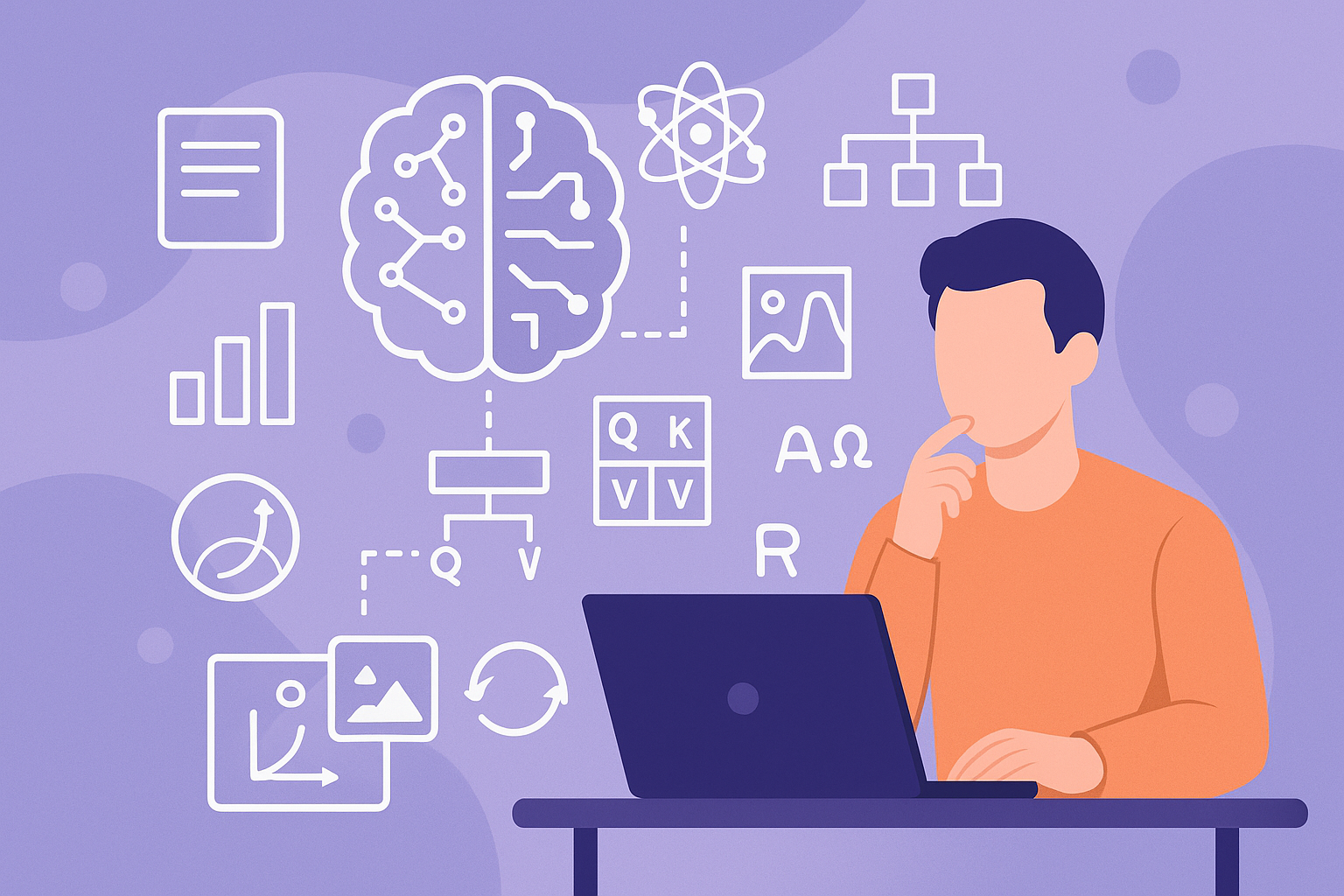Essential Concepts in Generative AI

As a solution architect exploring the fascinating world of Generative AI and Large Language Models (LLMs), I've come across a range of technical terms that can feel overwhelming at first. This blog post breaks them down into simple, digestible explanations for non-technical readers who are curious about how modern AI works.
Instead of splitting text into full words, subword tokenization breaks words into smaller units. This helps AI models understand rare or new words by combining familiar smaller parts. Unicode normalization ensures consistent formatting by resolving multiple representations of the same character, like accented letters, so that the model doesn't get confused by different encodings. Chunking breaks large documents into smaller, manageable pieces to make it easier for AI systems to retrieve and process relevant parts.
Since transformer models process words in parallel, positional encoding is used to tell the model the order of words in a sentence. Cosine similarity helps measure how similar two pieces of text are by comparing the direction of their meaning vectors, which is useful when checking if content is contextually related.
An encoder model processes input (like a sentence) into a form that AI can understand and work with. Multi-head attention allows the model to look at different parts of the sentence simultaneously, capturing relationships between words no matter their position. This is facilitated through Q (Query), K (Key), and V (Value) matrices, which help the model match what's being asked with relevant information and content.
Layer normalization keeps the training process stable by making sure the values going through each layer of the network remain balanced. Activation functions like ReLU and Sigmoid determine how a model processes informationReLU is efficient and suitable for deep networks, while sigmoid is often used when outputs need to represent probabilities. However, deep networks can suffer from the vanishing gradient problem, where early layers stop learning due to increasingly small gradient values. Quantization helps improve efficiency by shrinking model size using smaller numerical formats, making AI models faster and more memory-efficient. Similarly, memory pooling techniques allow the system to reuse memory space efficiently during training and inference.
To improve learning efficiency, few-shot learning enables models to generalize from just a few examples instead of needing thousands. Transfer learning helps models get a head start by reusing knowledge from a previously trained model, saving time and resources. Chain-of-thought prompting improves reasoning by encouraging the model to walk through its logic step-by-step, much like how humans solve problems.
Evaluation is vital to ensure models perform well. Stratified k-fold cross-validation ensures each test set has a fair representation of different categories. A paired t-test statistically compares two model versions to see if there's a meaningful performance difference. BLEU scores evaluate how close a machine translation is to a human translation by comparing overlapping sentence fragments, while ROUGE scores are used to assess the quality of text summaries by measuring overlap with reference summaries.
To improve performance and efficiency, dynamic batching enables systems to group and process tasks more flexibly, adjusting batch sizes based on current demand. GPU-accelerated columnar data processing with zero-copy memory access leverages powerful graphics hardware to process large datasets rapidly, avoiding the overhead of unnecessary memory transfers.
Diffusion models rely on two processes: forward diffusion adds noise to data over time, while reverse diffusion removes that noise to generate realistic outputs like images or text. Retrieval-Augmented Generation (RAG) enhances AI responses by searching a knowledge base for relevant information before generating an answer, improving factual accuracy.
Lastly, for computer vision applications, image transformation techniques such as flipping, rotation, and zooming help AI models learn to recognize objects from various angles and contexts, boosting generalization performance.
Understanding these concepts is a big step toward grasping how today's AI systems work. As we continue exploring the world of Generative AI, these building blocks help us create smarter, faster, and more reliable applications.